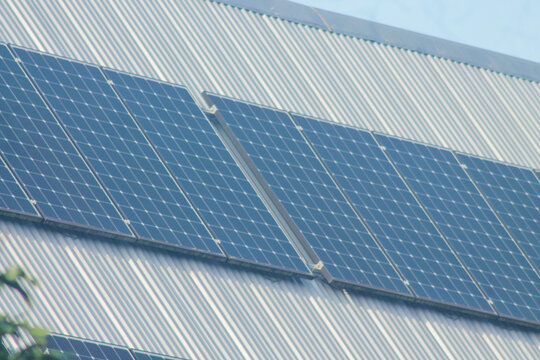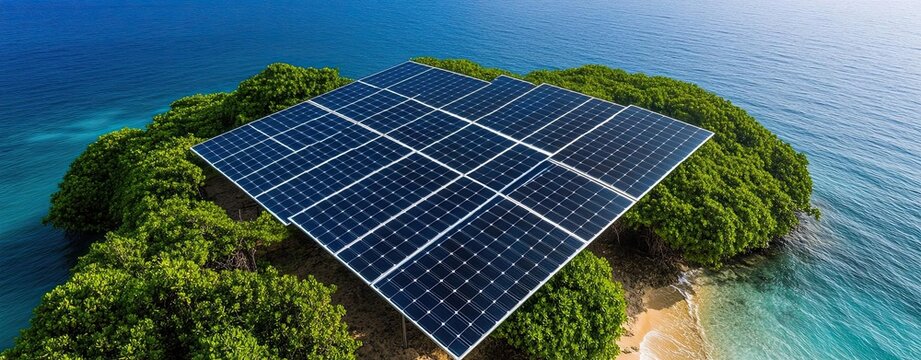Solar Panel Types and Performance Characteristics
Monocrystalline solar panels represent the premium tier of photovoltaic technology, offering the highest efficiency rates and longest lifespan. These panels feature uniform dark coloring and perform exceptionally well in both direct sunlight and partial shade conditions, making them ideal for residential installations with limited roof space.
Polycrystalline panels provide an excellent balance between performance and cost-effectiveness, featuring a distinctive blue hue and slightly lower efficiency compared to monocrystalline alternatives. These panels work particularly well for larger installations where space constraints are less critical, offering reliable performance over their 25-year warranty period.
Thin-film solar technology offers unique advantages for specific applications, including flexibility and lighter weight compared to traditional crystalline panels. While generally less efficient per square foot, thin-film panels excel in high-temperature environments and can be integrated into building materials for aesthetic architectural solutions.




